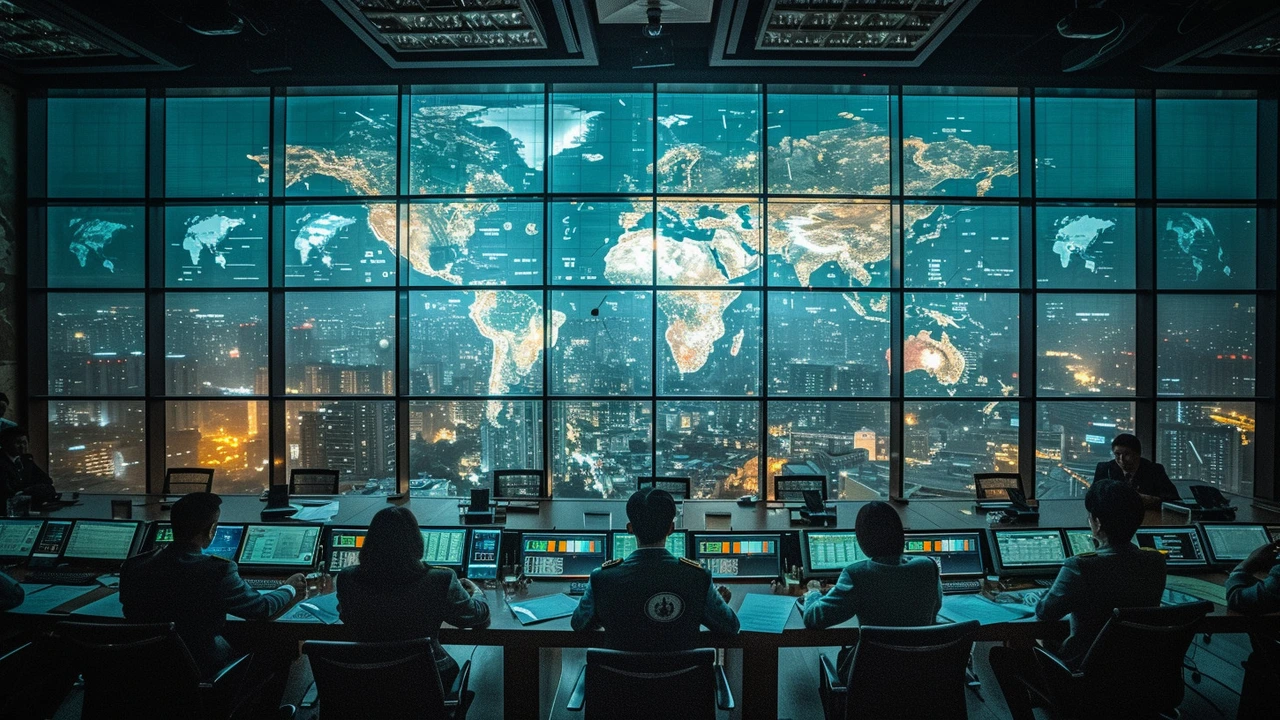Here’s a fact that surprises a lot of people: the UN runs roughly a dozen major missions and many smaller political operations across the world, often with tens of thousands of uniformed and civilian staff on the ground. These teams work in places where violence, fragile politics, and humanitarian needs overlap. If you want to understand global stability, start with how UN operations actually function day to day.
UN operations come in a few shapes. Peacekeeping missions usually have troops, police, and civilian specialists sent by member states. Political missions focus on diplomacy, elections, and rule-of-law support. There are also special envoys, peacebuilding offices, and sanctions or monitoring teams. Every mission gets its mandate from the UN Security Council — that mandate sets what the mission can and can't do.
Who runs them? The UN Department of Peace Operations and the UN Secretariat manage missions, but most boots-on-the-ground come from troop-contributing countries like Bangladesh, India, Pakistan, Rwanda, and many others. Civilian staff include human rights officers, election experts, engineers, and logisticians. The Secretary-General appoints a Special Representative who leads each mission.
A typical mission mixes military, police, and civilians to protect civilians, monitor ceasefires, support elections, and rebuild institutions. Mandates can be strict (observe and report) or broad (protect civilians, disarm combatants, train local police). Missions rely on political consent from the host country and funding from UN member states. That means the UN often needs both political goodwill and steady money to be effective.
Operations also depend on logistics: delivering fuel, food, shelters, medical care, and secure transport in places where infrastructure is weak. Technology is changing the game — satellites, drones, and better communication tools help with monitoring and rapid response. Still, mission officers stress that local knowledge and trust-building remain the most important tools.
Challenges are real and varied. Peacekeepers face asymmetric threats, unclear mandates, and limits on use of force. Problems like sexual exploitation, inadequate equipment, and funding gaps have hurt credibility. On the flip side, missions that focus on community engagement, local policing, and women’s participation show better, more lasting results.
Want to follow UN operations? Read mission updates from the UN, check reports from independent monitors, and follow reliable news sources that cover peacekeeping detail by detail. If you care about impact on the ground, look at troop contributions, budgets, and civilian protection reports — those tell you how a mission is actually performing.
Curious for more updates and clear explainers on specific missions? Keep an eye on Peacekeeping News Hub for practical breakdowns, field stories, and easy-to-read mission summaries that cut through the jargon.

In this post, we will dive deep into the complex world of peacekeeping missions. We'll touch upon the intricacies of their strategic planning, execution, and overall impact in maintaining global peace. These operations play vital roles in mediating and managing conflicts across international borders. As a peace advocate myself, I'm passionate about educating people on the importance of these peacekeeping missions and how they affect our lives on a global scale. Join me as we explore this fascinating subject!
